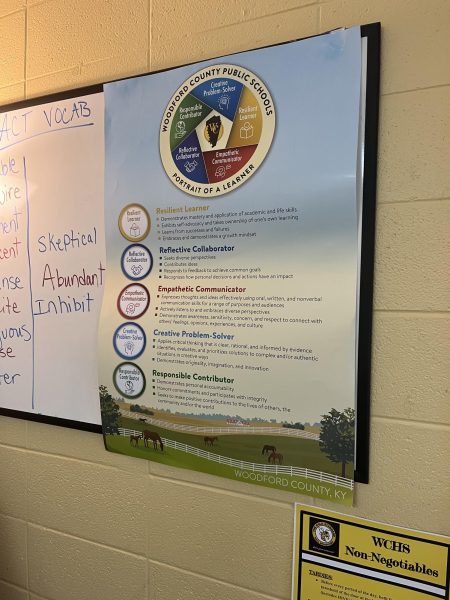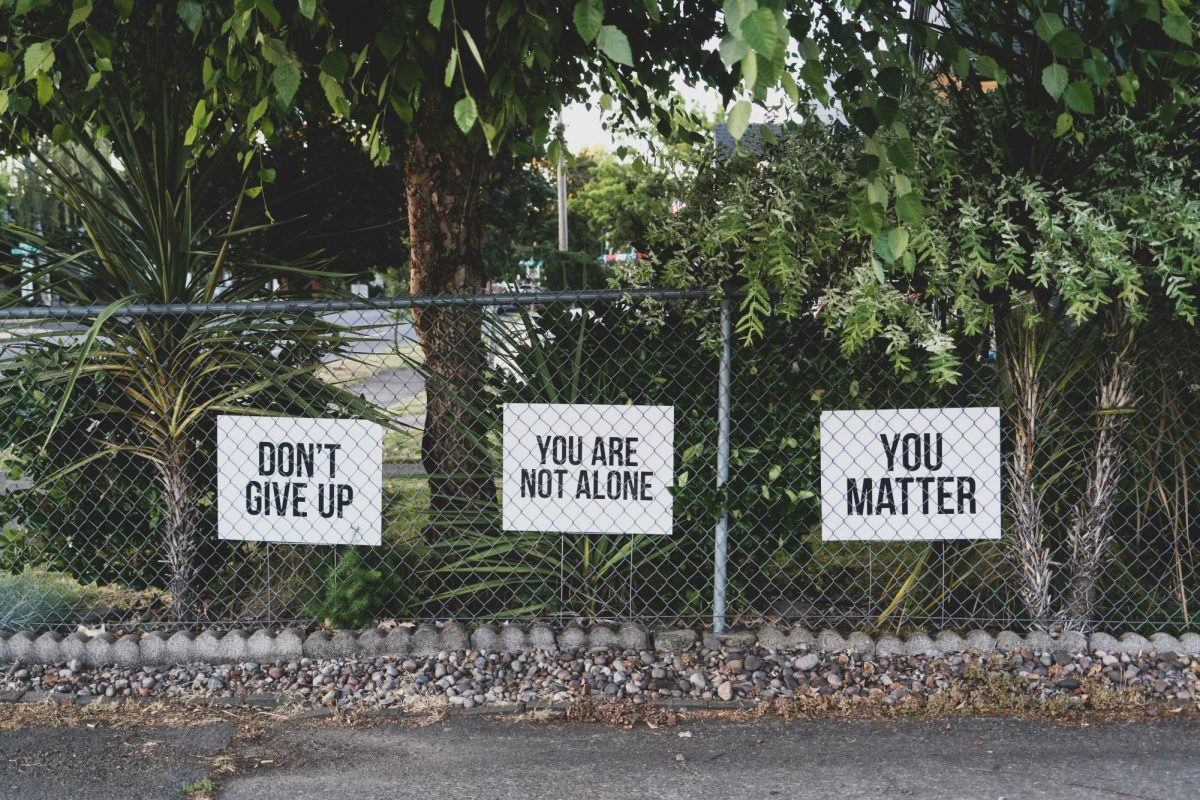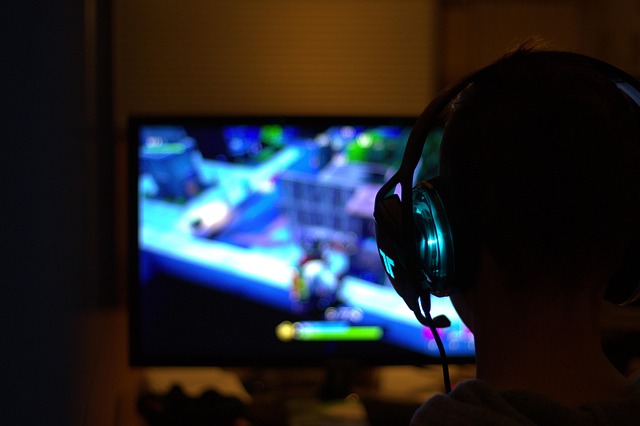As students transition from high school to college, it is essential for them to be prepared not only academically to excel but also for the obstacles that come from living on their own and becoming responsible for themselves. Here in Woodford County, our school board and district leaders decided to ensure this idea would become a reality by implementing a new learning structure that focuses on making students well-rounded individuals before they graduate high school. Our district has set goals for our teachers to incorporate into lesson plans and classes. The goals are called “The Portrait of a Learner,” they include helping students become resilient learners, reflective collaborators, empathetic communicators, creative problem solvers, and responsible contributors. These ideas apply not only to high school students, though; the goal is to start incorporating these objectives into students’ lives as early as kindergarten. These aspirations will be met using a style of teaching called Deeper Learning, which focuses on creating assignments and activities that are more enriching to students and will help them become empathetic and responsible individuals.
Teachers throughout the district have been receiving training to better understand what Deeper Learning is and how to implement it in their classrooms. Ms.Gabeheart, one of our social studies teachers, has been one of the few selected to experiment with this new learning structure. She says, “Being on the deeper learning team means that I went and met with other teachers from other schools and administrators from other schools in the district… and then we started putting together what we have called the portrait of a learner. It is a series of skills and mindsets for things that we want to see, encourage, and teach our students to be that won’t just make them successful in the classroom but afterward, too.”

There are many ways that teachers are implementing different strategies to incorporate Deeper Learning activities into their lessons. Ms.Gabeheart highlighted some examples of these activities, saying, “You know we talk about ‘think, pair, share’ but something like the 4,2,1 strategy where you come up with four things that you notice with a partner, compare those, and you bring it down to two that you agree on, and then you meet with another group and boil it down to one… it’s like a narrowing and consolidation of your thinking.” Another example of how she and other teachers have developed their classrooms is through the Modern Classroom Project. She explained, “I am also trying the Modern Classroom Project, which is kind of like flipping the classroom. I’m not up there lecturing in my US history classes this time. I record videos of the basics of the content. I have a checklist of things that students sort of pace themselves through. They watch a video and do an activity… there are all these things that they can work through at their own pace. When they’re ready, they can take a mastery check or quiz to see if they learned what they were supposed to learn. Instead of me being up there talking the whole time, I’m helping individual students with what they need while others are working on going through the self-pacing.”
Other teachers around the school, like Ms.Boss, have taken steps to make their classrooms reflect the Portrait of a Learner. She has also incorporated the self-paced mastery-based learning style, the Modern Classroom Project, in her classroom. She explains,

Deeper Learning as a whole is very beneficial for students and staff alike. It is an excellent way for teachers to engage their students in ways that aid them in the high school classroom and prepare them for life after graduation.





















